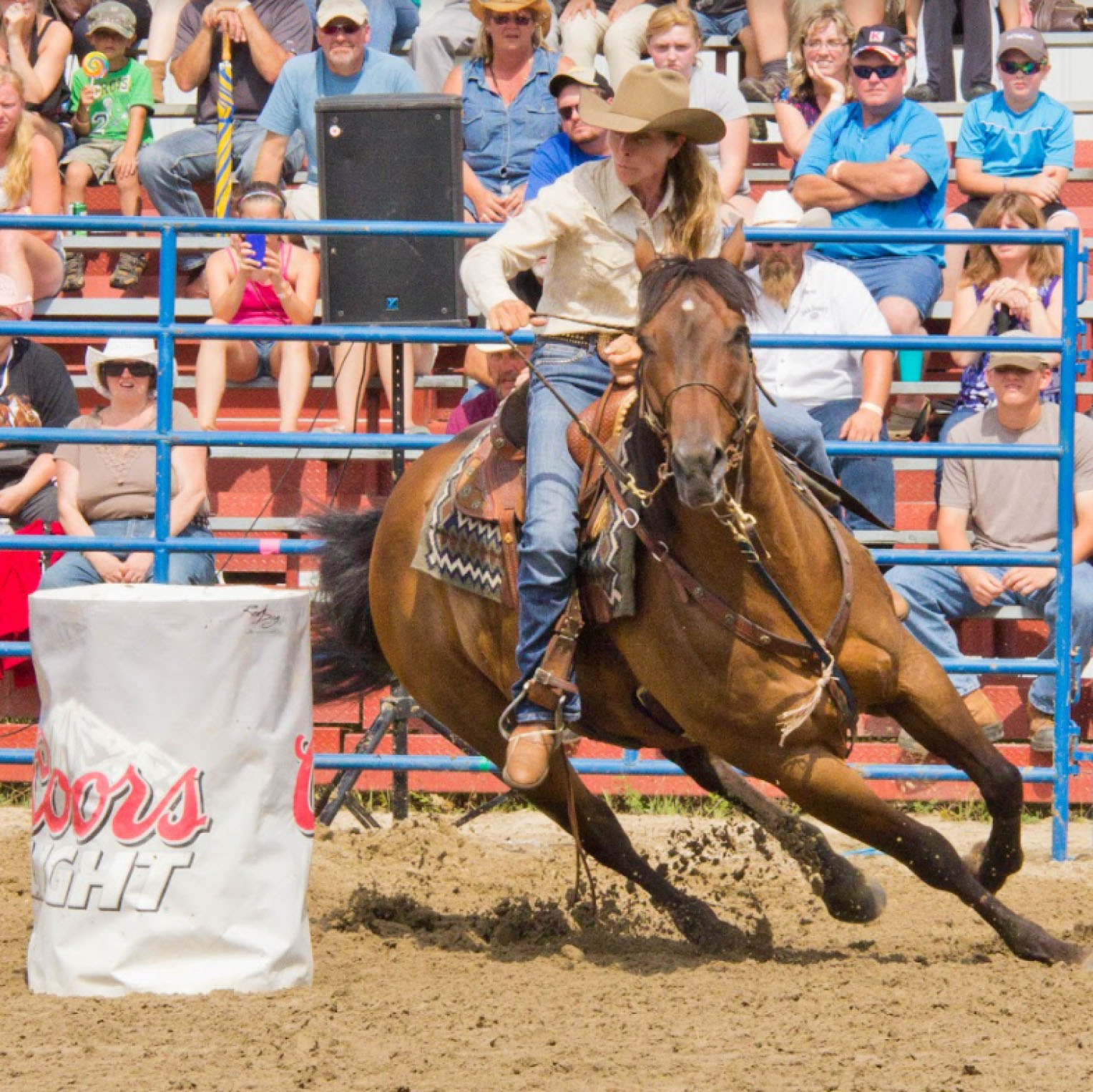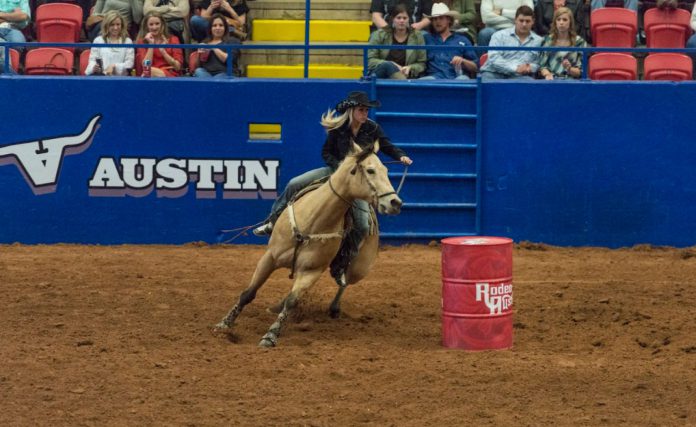Barrel racing was a sport created for women. It is believed the first barrel racing event was held in Texas. The sport was founded by the Women’s Professional Rodeo Association (WPRA). The association’s aim was to inspire women to participate in rodeo events and to break stereotypes. The WPRA continues to provide a platform for women to participate in rodeo events .
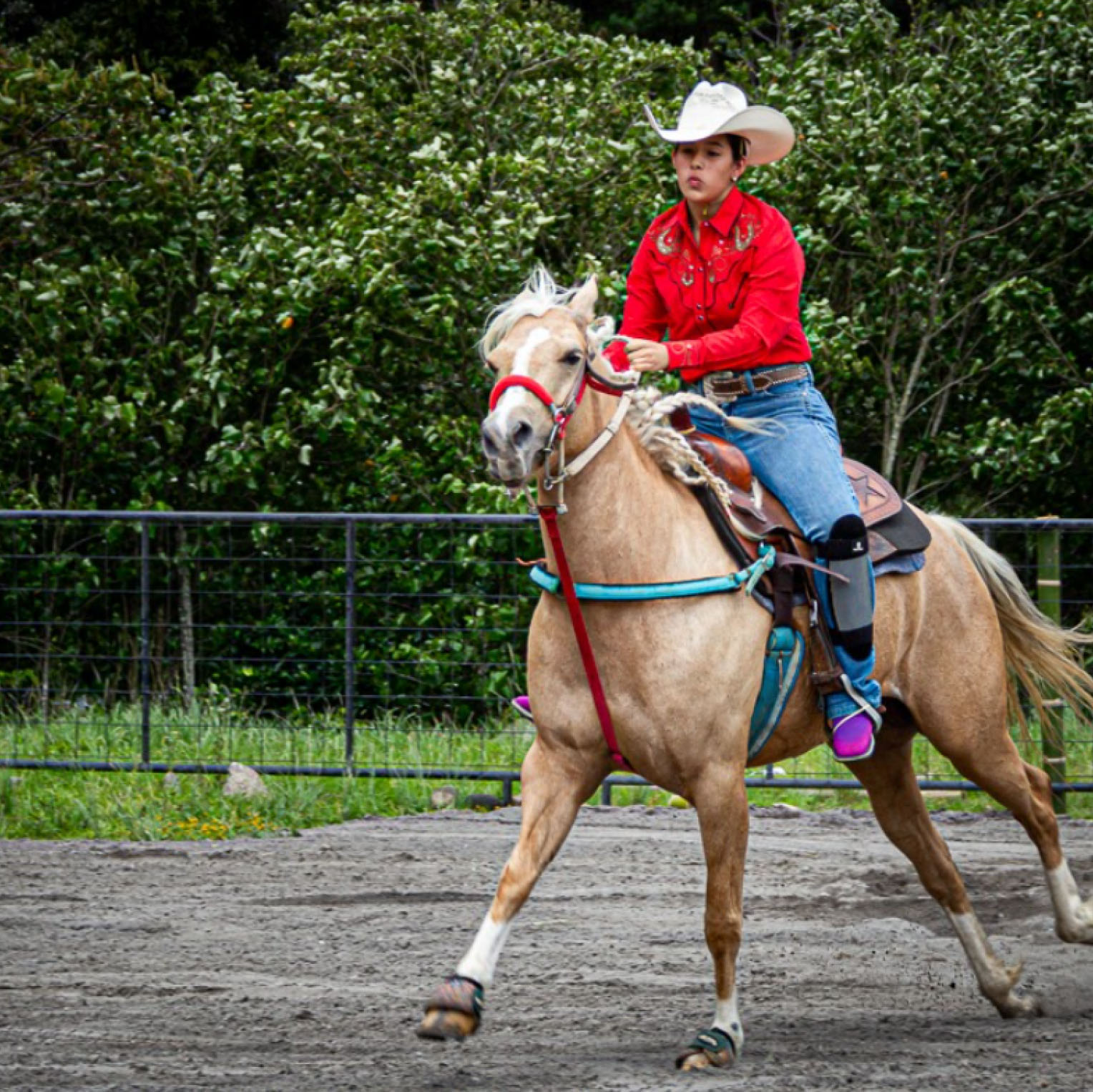
Barrel Racing is an intense sport. The winner is determined by just thousandths of a second. To be successful at running barrels, a rider must understand the event and the rules, have solid training, and know how each program and movement affects the horse and its body. It takes hours of training.
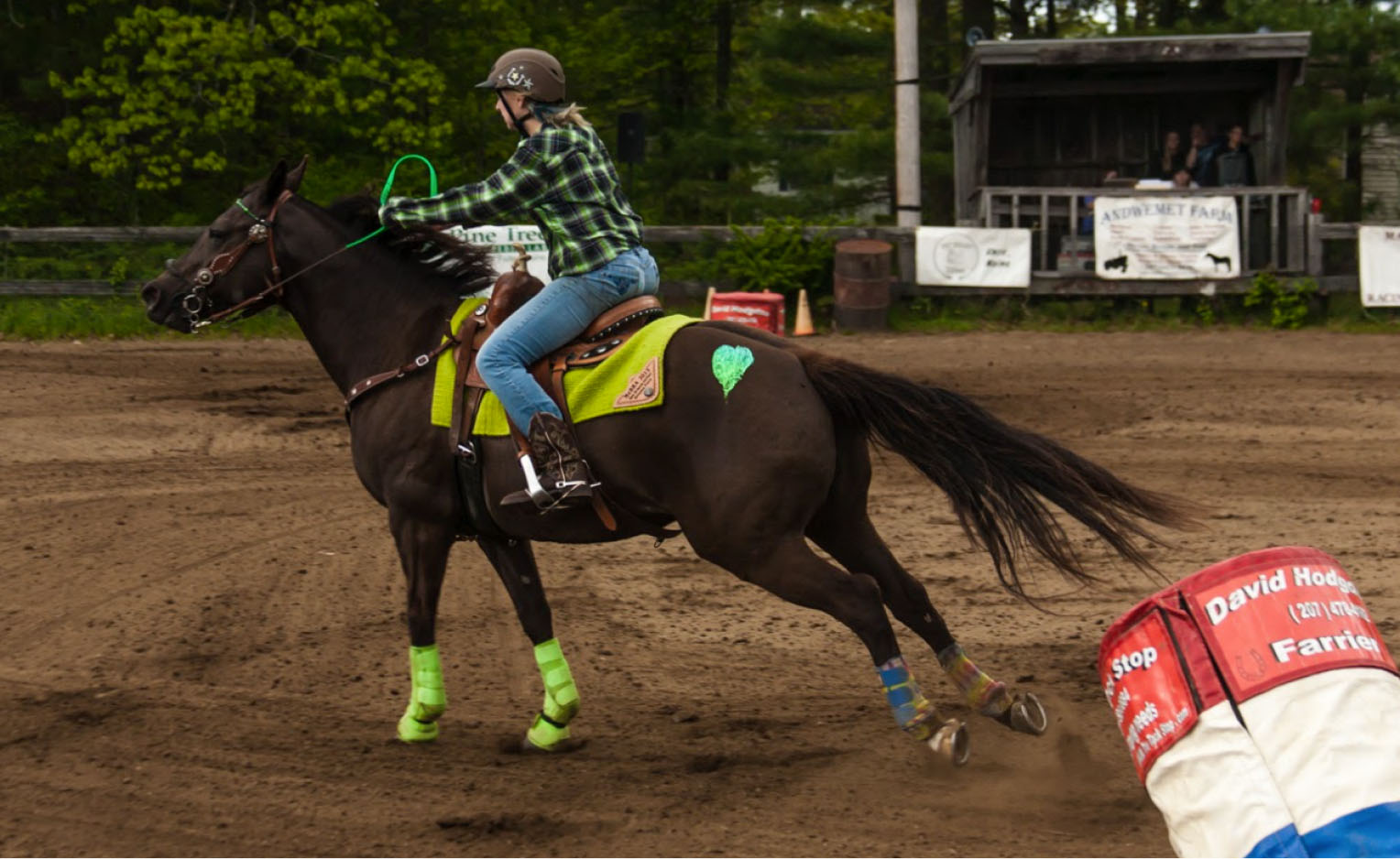
Three barrels are placed in a triangular or cloverleaf pattern. The rider must ride around each one, and whoever has the lowest time, wins. If a rider knocks down a barrel, a five-second penalty is added to the time. If the rider touches a barrel or if the barrel just tips, but does not fall to the ground, there is no penalty. Any deviation from the cloverleaf pattern and usually any time over a minute results in no points. Carlee Pierce has recorded the fastest barrel racing time in 13.46 seconds while the average time for barrel racing is considered 15 or 30 seconds.
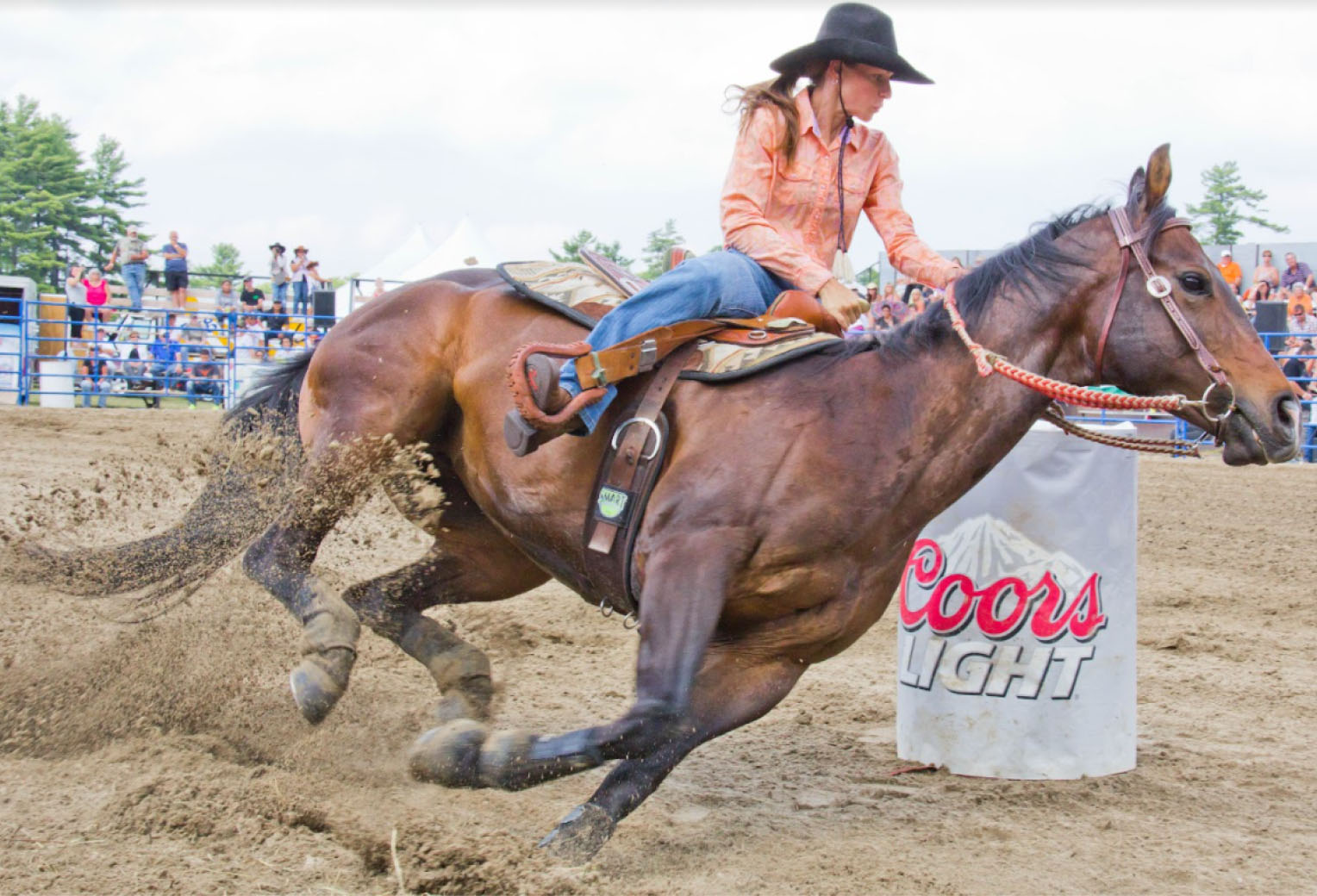
The types of equipment used in this rodeo event are different from others. Some common equipments used by barrel racers are chains, nosebands, and tie-downs. The reins sometimes have to be modified, depending on the riders choice but most riders select the single loop rein which is easier to recover in case dropped.
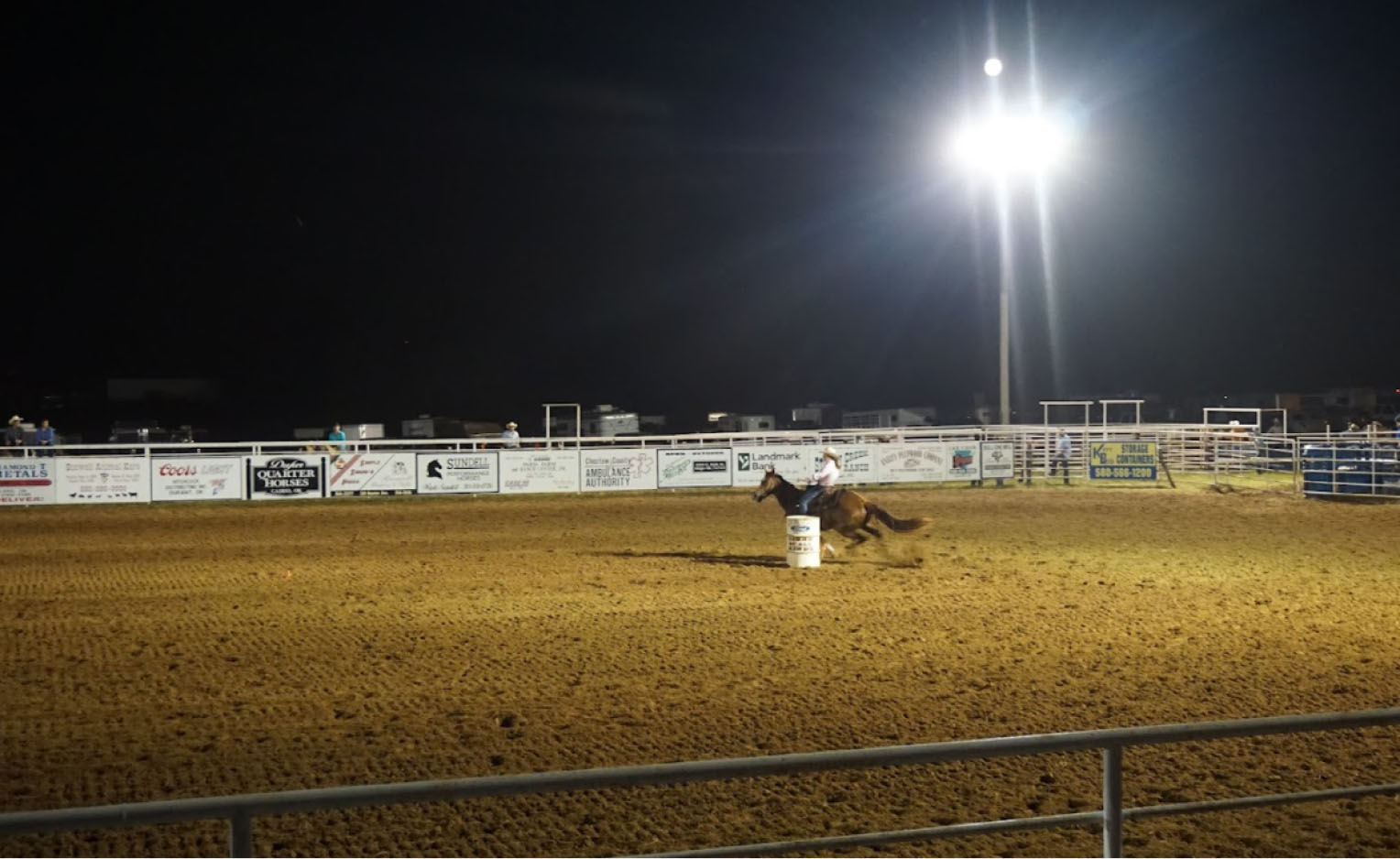
Barrel racing is a high intensity, short duration sport, and requires fast bursts of energy. In order to make a successful training program for a sport like this, one must first determine the goals the rider and the horse need to accomplish better times during the runs. Usually, for barrel racing horses, the main goal should revolve around increasing the speed or increasing the muscular strength. Although the player needs to ensure the horse maintains its willingness to work, the player must try to reduce the risk of muscular breakdown, and improve neuromuscular coordination. The training program should consist of three stages of training; Phase I: Slow distance work; Phase II: Strength work; Phase III: Fast work.
Maintaining the relationship and the health of the horse is important. Research has shown that nearly 50% of competing barrel horses could be performing with some degree of lameness, specifically relating to the fetlock joint. Most horses are more likely to display external signs of lameness on the right forelimb, than on the left. However, radiographic evidence showed more abnormalities of the left forelimb.
Although the chances of the barrel horse sustaining some kind of performance injuries are high, most horses can continue to perform as high-level athletes. Proper hoof care and the use of support boots are helpful in preventing injury. It is also important for equine athletes to receive regular veterinary checkups.
